Date: 6 March 2013
Wrightstyle’s technical director Lee Coates reports.
It’s a railway station announcement of seemingly no importance. Along the lines of “would Inspector Sands please report to the control room.”
Innocuous it may be, but it’s a coded signal that alerts staff to the possibility of a fire in the station. In different variations, it gives staff time to check the alarm that’s been activated and quickly determine if it represents a potential emergency.
It’s a sensible precautionary measure to avoid an immediate – and perhaps unnecessary - evacuation, alarm the general public, perhaps cause panic and, inevitably, lead to significant disruption.
Similar codes are used anywhere that large numbers of people congregate – from stadia to theatres, and even to some restaurants. It alerts staff to the potential need to evacuate people, and therefore to their evacuation duties, and allows for a swift assessment of the situation.
The origin of “Inspector Sands” probably lies in the theatre, and was used to warn of a backstage fire. It was the signal for staff to bring out the sand buckets, back in an age before sprinklers or extinguishers.
The importance of a pre-evacuation assessment is that fire alarms often turn out to be false alarms. Modern alarm systems are sensitive and can be easily triggered, and false alarms are disruptive and costly – as well as, like the boy who cried wolf, undermining our faith in future alarms.
The statistics are themselves alarming. In the UK in 2010/11, there were some 337,000 false alarms, costing the fire and rescue services more than £1 billion. It adds up to a great deal of wasted money, wasted resource, and inconvenience for all those people who have been unnecessarily evacuated from a building or had their travel plans disrupted.
However, perhaps more than anything, it’s how false alarms diminish our faith in the alarm itself that’s so important. We hear the alarm but can’t see a fire. We don’t know how to react or if we should react. We don’t have the facts on which to base a flight strategy, so we assume it’s a false alarm, or at least sit tight until we have more information.
This golden period following an alarm is often taken up with “start up” time – people wondering what to do, or whether to do anything at all.
There are many well-documented tragic fires where a delayed flight response has led to multiple casualties. Most tragic of all was 9/11, when less than 9% of the occupants of the World Trade Center towers immediately evacuated after the alarms were sounded.
The average “start up” time before people started to move to the WTC exits was between five and eight minutes. Others didn’t start to evacuate for up to 40 minutes.
It means that we need to have fire alarms in which we have faith, and therefore assuring us that when an alarm sounds we need to take it seriously.
In high-traffic places such as railway stations, that means having intelligent detection systems designed to cope with both large open areas and the more confined spaces of, for example, offices and retail outlets.
Those systems should integrate into a station or building management system, covering everything from escalators and lifts to heating systems. The key is to have a system that can localise the fire, perhaps also using optical or thermal sensors. If it does turn out to be a fire, the emergency services need to know precisely where it is.
It’s something that we understand at Wrightstyle, a company that has invested significantly in designing and manufacturing glazing systems to mitigate against bomb and ballistic attack, as well as against fire and high wind loading.
We’ve recently supplied systems to transportation projects in Hong Kong, for the Dubai Metro and, in the UK, to Liverpool Street and King’s Cross stations in London – among others.
We understand that in a fire situation people will often delay evacuating that building, particularly from buildings where there is no PA system. Studies conclusively demonstrate that when there is a leadership figure giving verbal information over a PA system flight time is greatly reduced.
It means designing in additional safety, over and above a minimum fire safety specification. With modern glazing systems certified up to 120 minutes for both insulation and integrity, that gives everyone – able-bodied or the elderly or infirm – more than enough time to move to safety.
Our systems are designed to contain fire, allowing buildings to be sub-divided into compartments so that, in an emergency, the fire, smoke and toxic gases can be trapped in one defined area – minimising risk to human life and infrastructure damage.
Significant fires in railway stations are mercifully rare – and that, more than anything, speaks volumes for how far fire safety has progressed over recent years, not only in advanced detection systems, but in building materials, fire safety regulations, and in fire and rescue response.
Generally, modern systems and procedures work well. For example, a major fire was averted in November last year at Manchester’s Piccadilly Station, most probably started by a faulty light fitting in a shop inside the station. Likewise at London’s Victoria Station last year, when an empty Gatwick Express train caught fire. Or similarly at Sevenoaks Station in Kent last year when, again, a fire broke out on a passenger train.
In each incident, the station was evacuated, the fire contained, and nobody was hurt. But not all station fires have had happy endings. Perhaps the worst modern station fire disaster, in 2003, was at Daegu Station in South Korea in which 192 people died.
What was particularly shocking, on top of the scale of human loss, was how badly the station’s fire compartmentation systems were designed. Instead of containing the fire, but allowing people to escape, the system closed fire shutters and smoke barriers – effectively concentrating the heat into places from which people were desperately trying to escape. Nor was there a sprinkler system to reduce heat and douse the flames.
The Korean fire once again concentrated minds on the importance of effective compartmentation and on providing escape routes able to cope with large numbers of people all exiting simultaneously. In the UK it was a reminder of the King’s Cross disaster in which fire claimed the lives of 31 people in 1987.
Probably started by a discarded match or dropped cigarette on an escalator, it underlines how most major accidental fires start from something almost insignificant – a faulty light socket, or a burning cigarette casually disposed of. It also underlines how detection systems have to pick up on those insignificant events and determine how insignificant – or otherwise – they really are.
However, underlining the vagaries of human nature, many passengers stepped over fire hoses to reach elevators taking them underground for their trains. That’s what they were at Kings Cross to do, and a seemingly-innocuous fire wasn’t going to stop them. In the retail sector, research suggests that people would rather first go to the check-out to purchase goods rather than immediately evacuate the building.
All Wrightstyle systems are tested as one compatible unit and, as we always emphasise to architects and designers, based on our extensive fire, ballistic and bomb testing experience, the glass and steel components should always be specified as one integrated and tested assembly. The glass is only be as good as its framing system, or vice versa, and if one fails, both fail, with potentially catastrophic consequences.
All of us in the fire and building security sector now work interdependently; assessing a whole building’s ability to withstand fire and designing in safety - making sure that, if the worst happens, we have the systems and evacuation procedures in place to contain the fire and get everyone to safety.
Sometimes, though, that may still involve poor old Inspector Sands.
Ends
For further information:
Jane Embury, Wrightstyle
+44 (0) 1380 722 239
jane.embury@wrightstyle.co.uk
Media enquiries to Charlie Laidlaw, David Gray PR
Charlie.laidlaw@yahoo.co.uk
+44 (0) 1620 844736
(m) +44 (0) 7890 396518



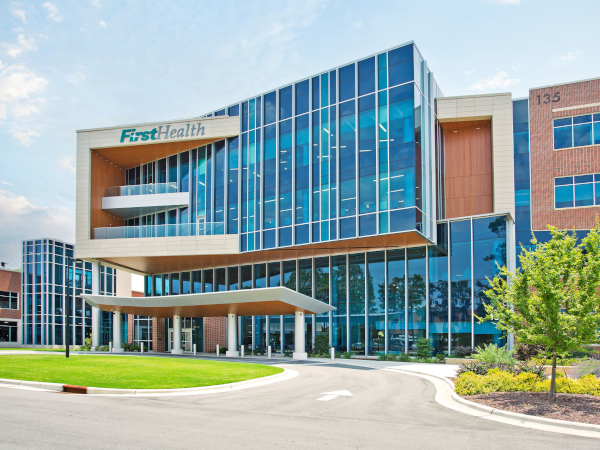
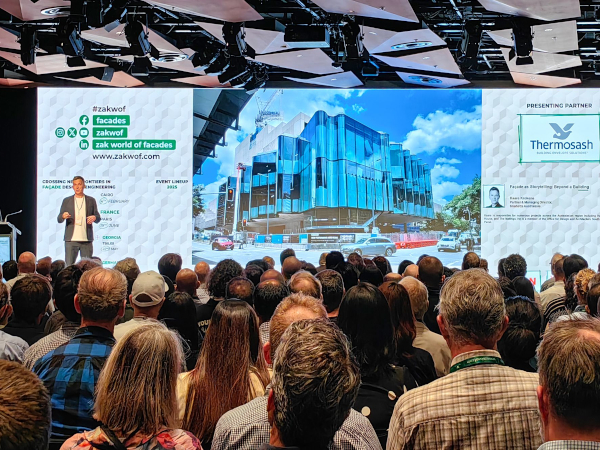
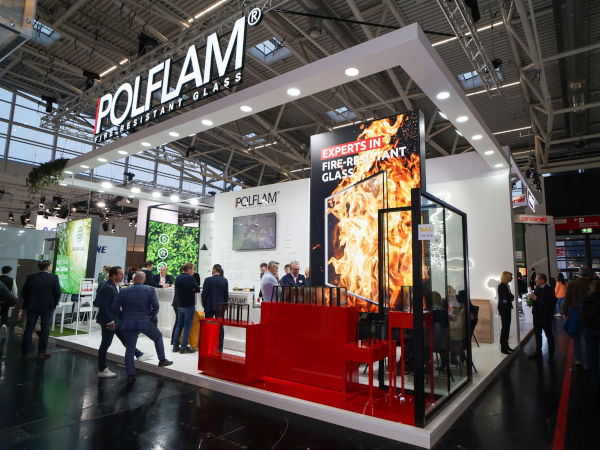






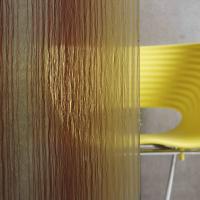
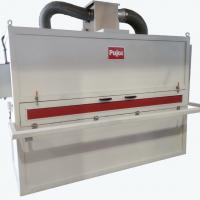


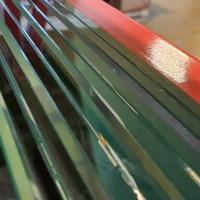
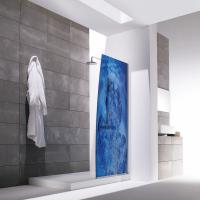
Add new comment